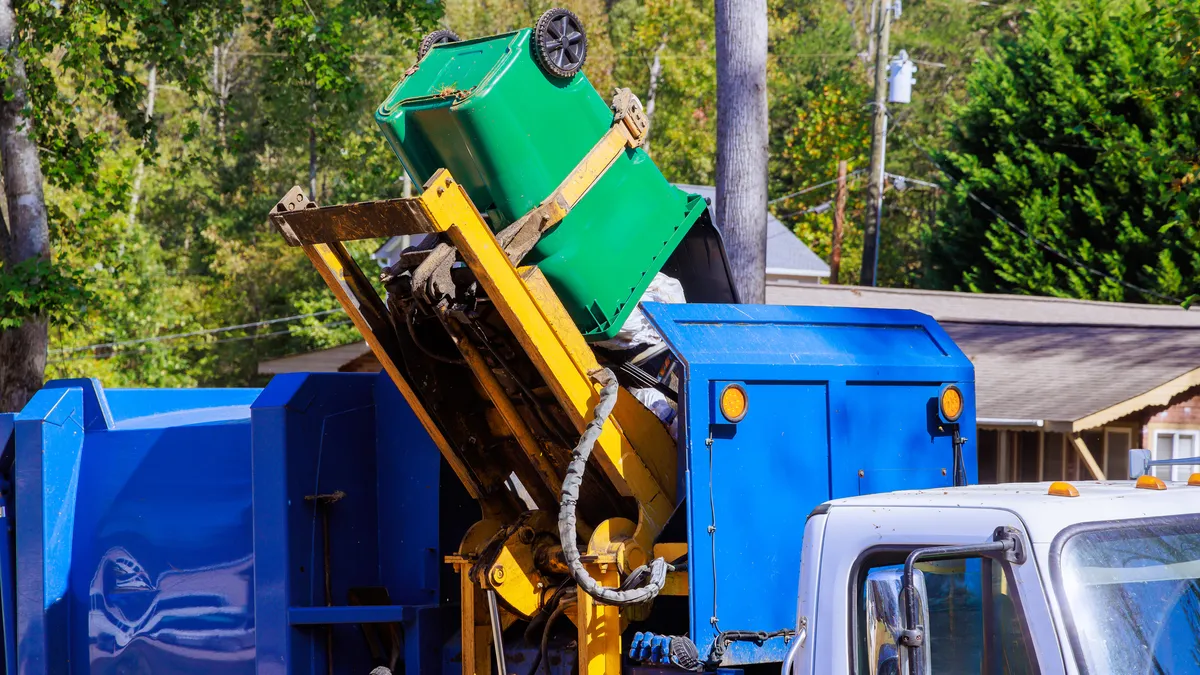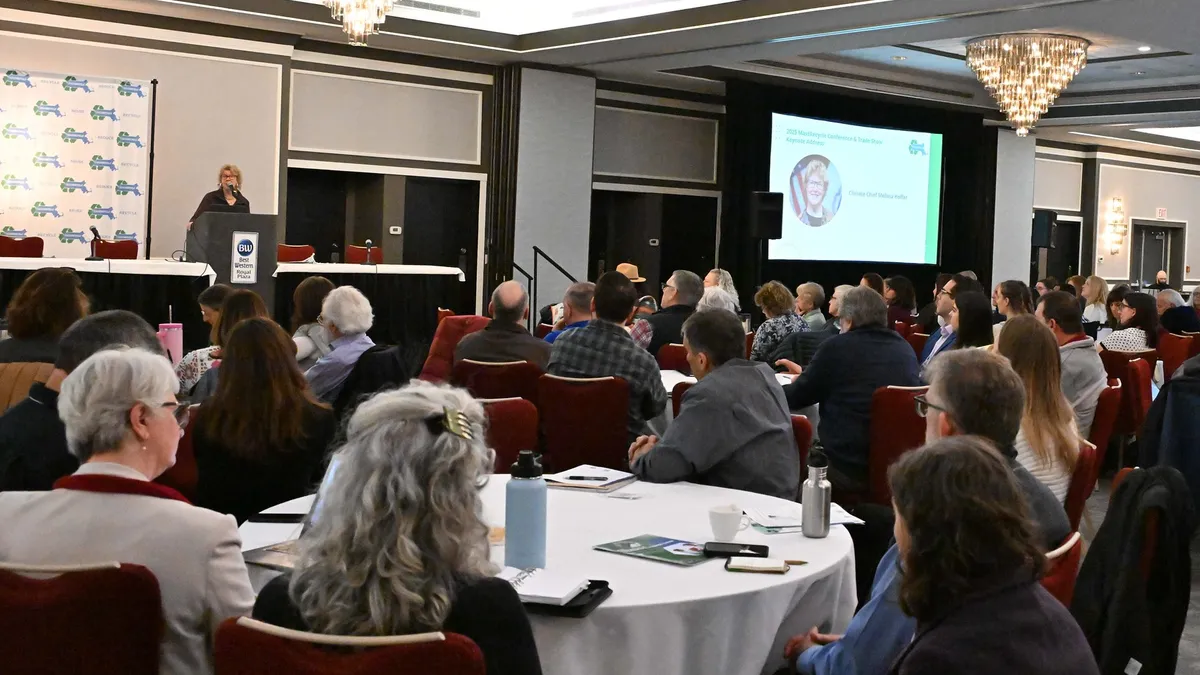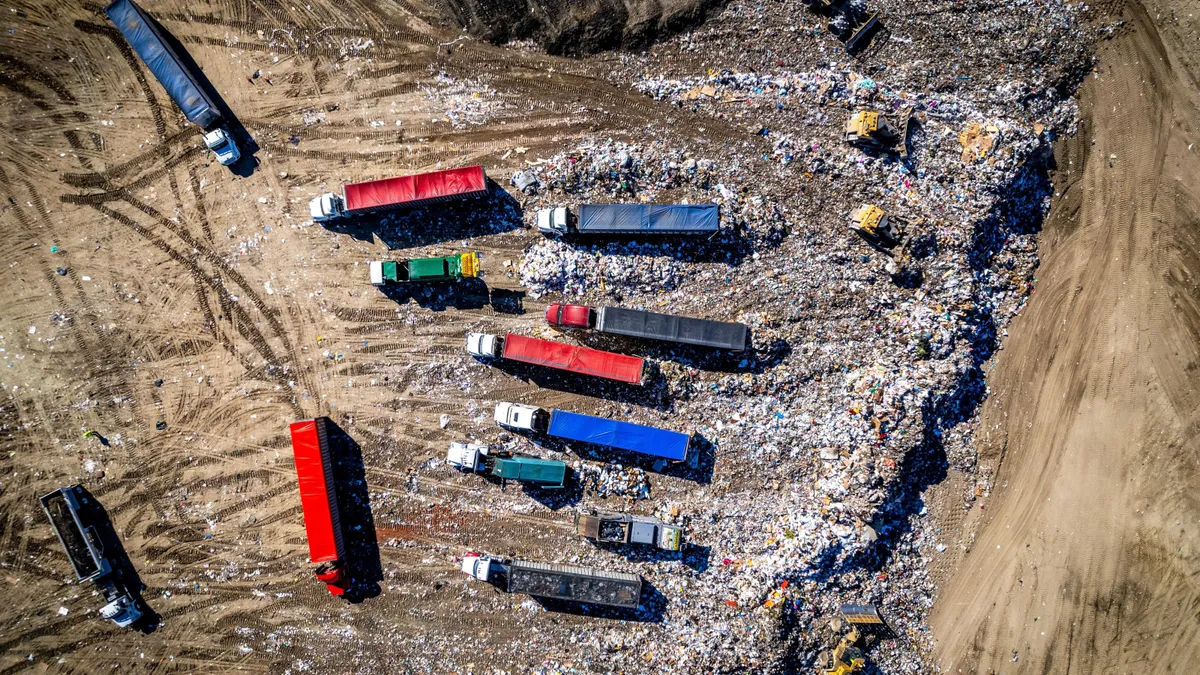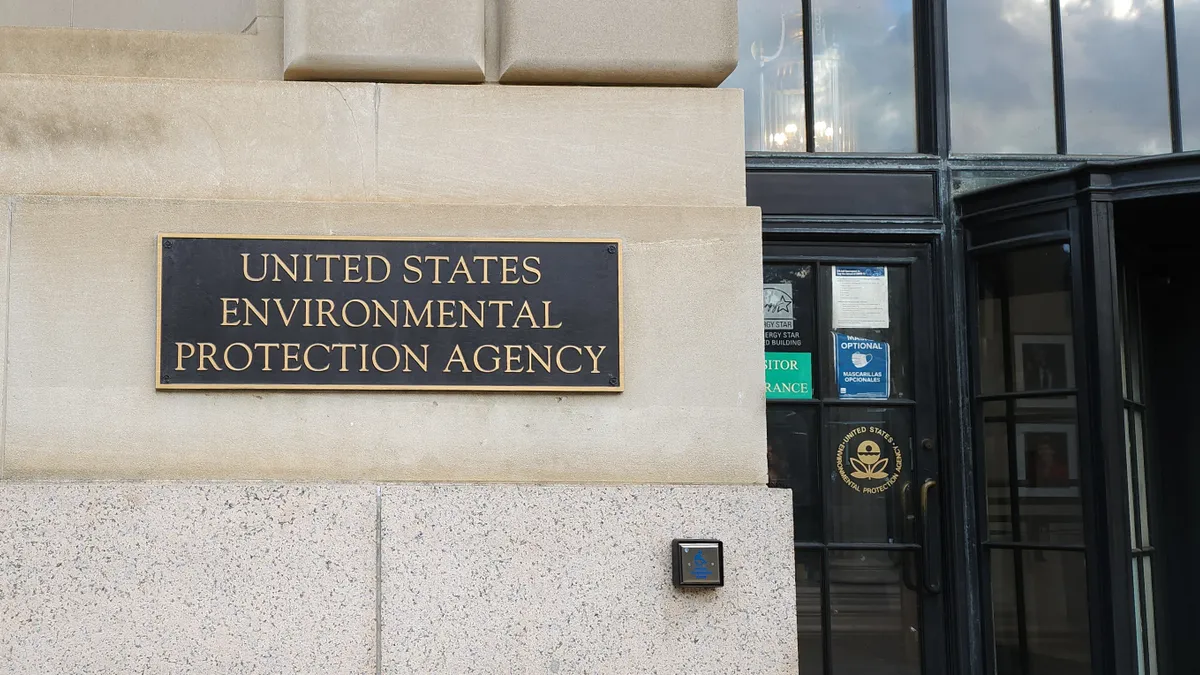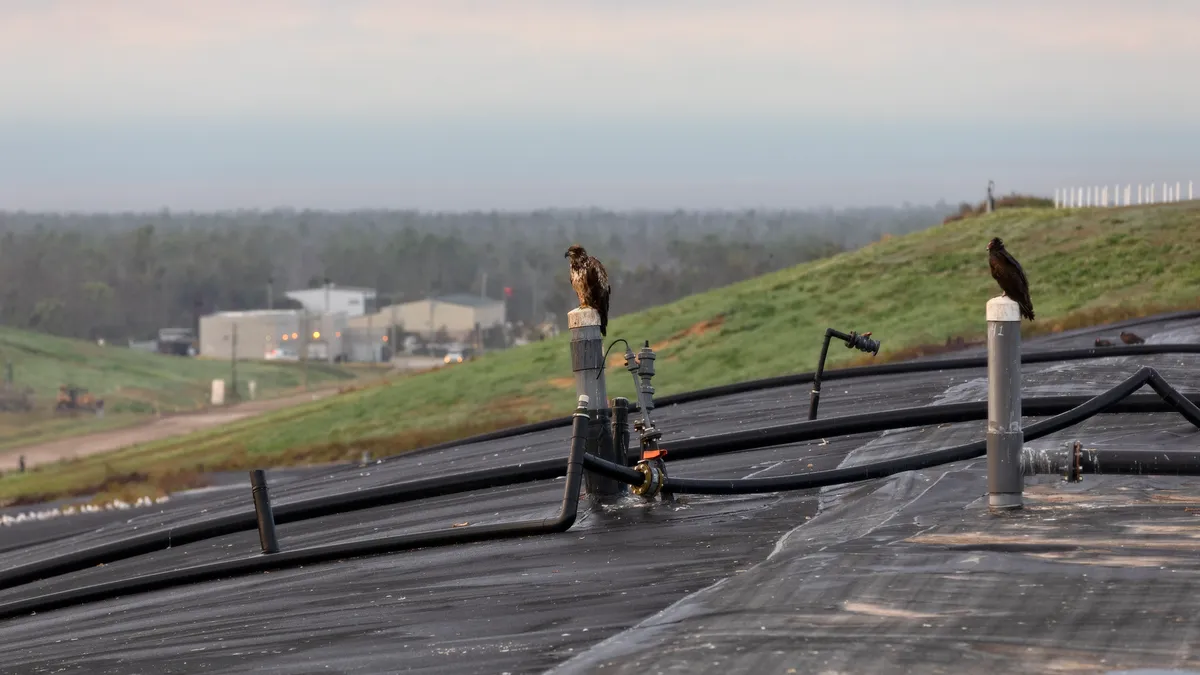With the reelection of Donald Trump to the White House, it might appear that recent regulations implemented by the U.S. EPA on per- and polyfluoroalkyl substances, or PFAS, are on shaky ground. But Trump's announcement that he wanted former U.S. Rep. Lee Zeldin to lead the EPA, combined with continued progress on PFAS destruction technology, has some waste executives seeing as much opportunity as difficulty in the future PFAS regulatory environment.
“We're in this weird space. If you own a company, do you manage PFAS, do you avoid it?” said Bryan Staley, president and CEO of the Environmental Research & Education Foundation, at the Corporate Growth Conference in Chicago last week. “The hedge would be, manage it as if it is more concerning than not. Then if it ends up not being concerning, then you can deal with that at a later time.”
As a Republican representative from New York, Zeldin supported legislation that would have regulated certain PFAS under the National Drinking Water Standard. The agency ultimately set its own regulations for several PFAS in a final ruling released in April.
But under a new administration, there's a “good chance” the EPA would be directed to walk back its designation of certain PFAS as hazardous under the Comprehensive Environmental Response, Compensation, and Liability Act, said Michael Jensen, senior counsel and director of regulatory affairs for WM. Such a move was laid out as a goal in Project 2025, the policy document released by the Heritage Foundation as a blueprint for a second Trump term.
The EPA’s CERCLA designation for PFAS was announced shortly after the drinking water standard this spring. It immediately drew concerns from some waste and recycling groups that facilities that receive PFAS-containing materials but do not manufacture them — like landfills or recycling facilities — would be held liable for remediating contamination.
“We think that CERCLA is the wrong way to approach regulation, but we're not opposed to regulation entirely,” Jensen said.
The National Waste & Recycling Association is currently suing the EPA in an attempt to have the agency reconsider its CERCLA decision. Jensen said the industry has also tried to work with Congress this session to get an exemption for “passive receivers” of PFAS chemicals like landfills, but has been stymied in an election year.
With a Republican trifecta set to control all three branches of the federal government, he’s more optimistic about action in the coming years. He noted Sen. Shelley Moore Capito, R-W.Va., who is expected to lead the Senate Environment and Public Works committee in the next Congress, has been sympathetic to the industry’s concerns.
“I think right now with her having the gavel and strong support in that committee, we may be able to pass some sort of CERCLA relief, some sort of exemption for landfills in the future, and hopefully that will be taken up by the rest of Congress,” Jensen said.
But while the waste and recycling industry continues to fight mandates for PFAS remediation, some companies also believe the uncertainty caused by regulations will lead to more business.
Clean Harbors is making progress on its own PFAS destruction technology, which it's developing in coordination with EPA and the U.S. Department of Defense. The company performed an OTM-50 stack test with PFAS-contaminated material this month at its Utah incineration facility, and expects to release the results of that test in the first quarter of next year, Jay Cudmore, executive vice president of disposal services, said at the event. He said the technology could reduce contamination by "six nines," or by 99.9999%.
"We feel really confident in how it's coming out," Cudmore said.
Clean Harbors also offers a range of PFAS sampling and remediation technologies. Cudmore said that his company was seeing a fair amount of business from fire departments needing to dispose of their aqueous firefighting foam, which can contain PFAS chemicals. But he noted that customers are so far agnostic on the treatment type and level of remediation they seek.
"Your early adopters, they know that the regulations are coming, they're trying to get ahead," Cudmore said. "So they're coming to Clean Harbors, looking for that full suite of services."
Other companies like Battelle and Veolia have also looked to cash in on the PFAS treatment market. The latter company launched its own suite of treatment and compliance services, dubbed BeyondPFAS, in October.
The executives speaking at last week's event noted that regardless of uncertainty surrounding federal regulations, states are likely to continue pursuing PFAS regulation. New York and Illinois, for instance, have both prohibited thermal destruction of PFAS-containing firefighting foam.
Jensen said he expected a "patchwork quilt" of regulations to spring up as some states work to get ahead of the EPA.
"It's not just the progressive states either," Jensen said. "PFAS policy doesn't always run along red versus blue lines. I wouldn't be surprised to see Oklahoma or a different state pursue that other regulation."
Those regulations are likely to raise costs on treating PFAS-laden materials, including sludges from wastewater treatment plants. Executives at the Corporate Growth Conference said treatment costs at landfills that receive such materials could double, but they could pass those costs onto their customers.
Said Cudmore: “I think that the market is evolving, and if regulations tighten, obviously the markets get bigger.”







